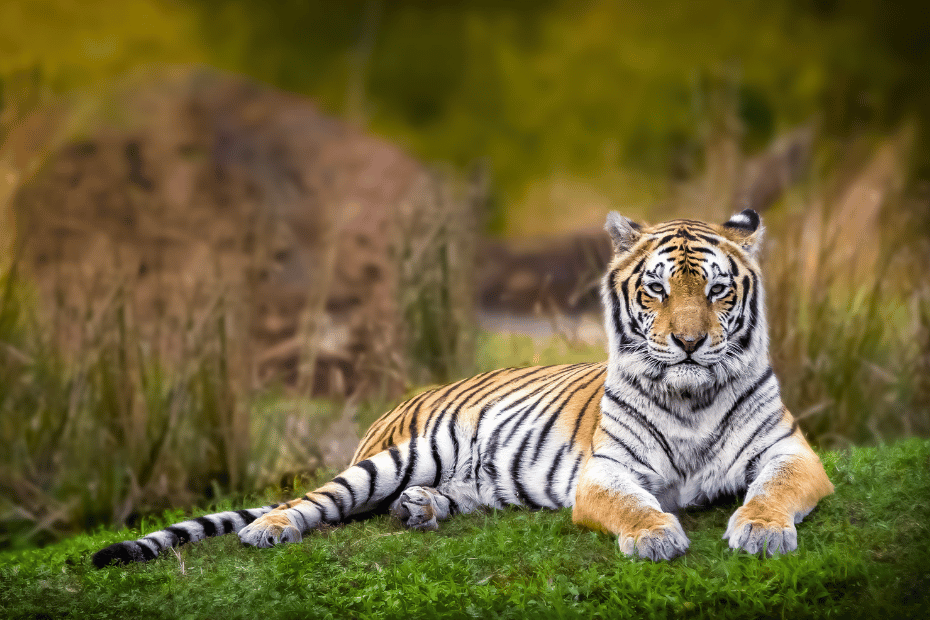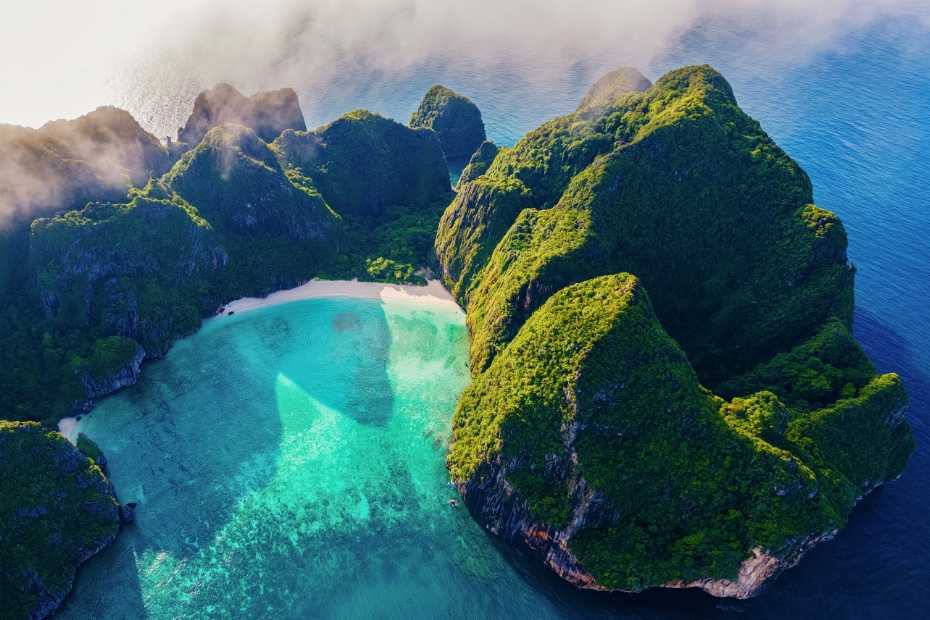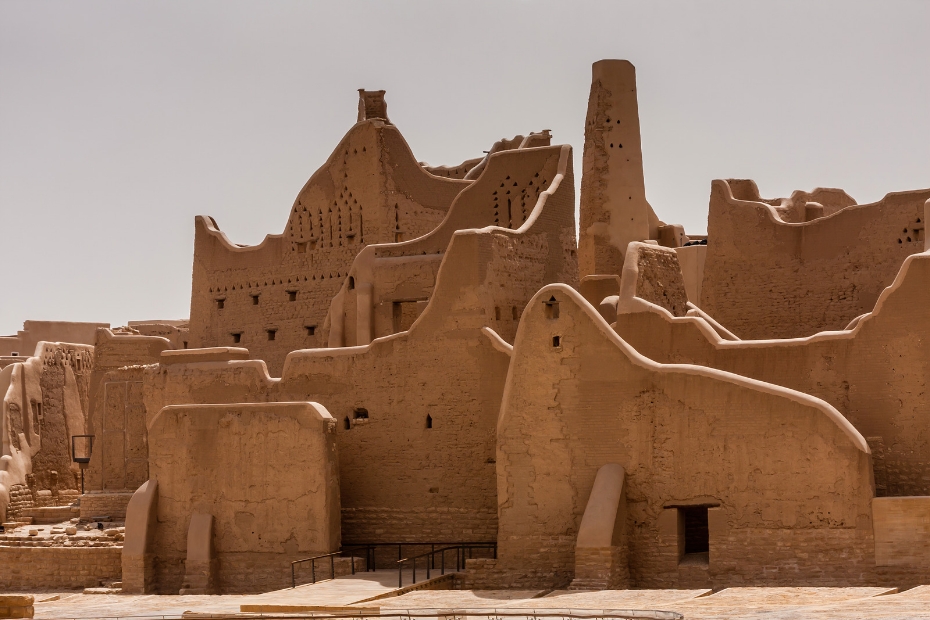India is home to some of the world’s most diverse and exotic wildlife, and what better way to experience it than on a luxury jungle safari? From the royal Bengal tiger to the majestic one-horned rhinoceros, India’s wildlife will leave you spellbound. In this guide, we will take you through some of India’s most luxurious wildlife safari destinations and what you can expect in terms of budget and time.
Get ready to roar; here are the best jungle safaris in India for your next luxury wildlife adventure!
1. Ranthambore National Park
Ranthambore National Park Located in Rajasthan, Ranthambore National Park is one of India’s most famous wildlife destinations. It is known for its high tiger population and offers some of the country’s best luxury wildlife safari experiences. Accommodation options range from luxury resorts to opulent villas, and you can expect to spend around INR 20,000 to 50,000 per night, depending on your choice. A minimum of 2 to 3 nights is recommended to fully experience the park and its wildlife. The best time to visit Ranthambore National Park is between October and June, when the park is open to visitors.
Ranthambore National Park is a true gem of India. This park has a rich history and is home to diverse flora and fauna, including the elusive Bengal tiger.
One fascinating fact about Ranthambore National Park is that it was once a hunting ground for the Maharajas of Jaipur. In fact, the name “Ranthambore” comes from the nearby Ranthambore Fort, which was built by the Chauhan dynasty in the 10th century. The Mughals later took over the fort, eventually becoming a hunting ground for the Maharajas of Jaipur.
Today, Ranthambore National Park is a protected area, and visitors can see the majestic tigers roaming freely in their natural habitat. However, it was only sometimes so easy to spot these big cats. In the past, the tigers of Ranthambore were so elusive that the park’s rangers had to rely on tracking their footprints in the mud to know where they had been. But thanks to conservation efforts and strict protection measures, the population of tigers has increased over the years, making Ranthambore one of the best places in India to see these magnificent animals.
So, if you’re planning to visit Ranthambore National Park, take in the park’s rich history, and watch for the royal Bengal tiger!
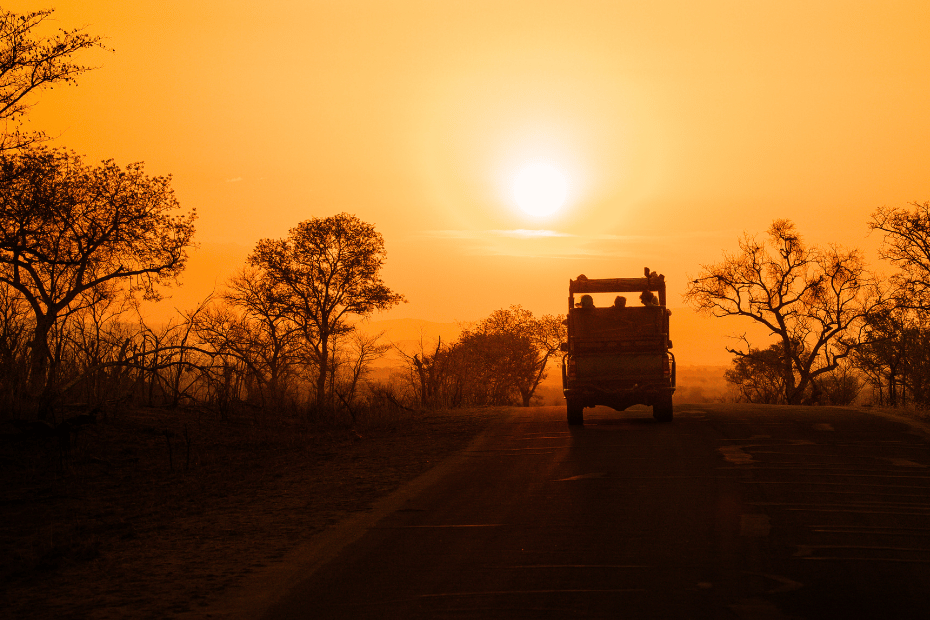
2. Bandhavgarh National Park
Bandhavgarh National Park Situated in Madhya Pradesh, Bandhavgarh National Park is another famous national park in India, known for its high tiger population. It offers luxurious accommodations and wildlife safaris in jeeps or on elephant back. A stay at one of the park’s luxurious lodges can cost anywhere from INR 15,000 to 50,000 per night. A minimum of 3 to 4 nights is recommended to fully explore the park and its wildlife. The best time to visit Bandhavgarh National Park is from November to March.
One of the most fascinating aspects of Bandhavgarh National Park is its conservation success story. In the early 20th century, the park was home to only a handful of tigers due to rampant poaching and habitat loss. However, with the efforts of the Indian government and various conservation organizations, the park has become a thriving ecosystem with a healthy population of tigers and other wildlife.
Visitors to Bandhavgarh National Park can expect to see tigers and other wildlife, such as leopards, sloth bears, and Indian bison. The park’s landscape is also a sight to behold, with its rugged hills, dense forests, and winding streams.
So, if you’re a wildlife enthusiast looking for a park with it all, Bandhavgarh National Park is worth visiting.
3. Kanha National Park
Kanha National Park Located in Madhya Pradesh, Kanha National Park is famous for its lush green forests, diverse wildlife, and luxurious accommodations. It is also the inspiration behind Rudyard Kipling’s ‘The Jungle Book.’ You can choose from a range of luxury hideaways and camps, with prices ranging from INR 15,000 to 50,000 per night. A minimum of 3 to 4 nights is recommended to fully experience the park and its wildlife. The best time to visit Kanha National Park is between October and June.
One of the unique aspects of Kanha National Park is its focus on conservation and sustainability. The park is committed to preserving the delicate ecosystem and has implemented several eco-friendly initiatives, such as solar-powered vehicles and energy-efficient accommodations.
Another fascinating aspect of Kanha National Park is its ancient history. The park is located in the Maikal Hills, which are believed to be over 2 billion years old and have been home to various indigenous tribes over the centuries. The park is also home to several archaeological sites, including ancient cave paintings and ruins of forts and temples.
Visitors to Kanha National Park can expect to have a truly immersive wildlife experience, with the chance to spot some of India’s most iconic animals in their natural habitat. With its unique blend of history, culture, and nature, Kanha National Park is a must-visit destination for any wildlife enthusiast.
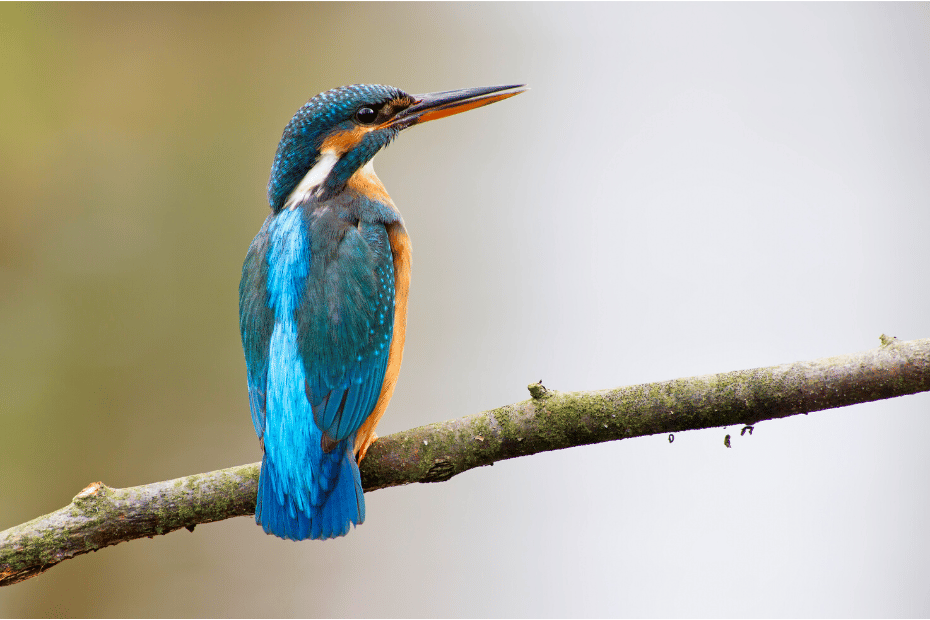
4. Jim Corbett National Park
Jim Corbett National Park Situated in Uttarakhand, Jim Corbett National Park is the oldest national park in India and is home to the royal Bengal tiger. The park offers luxury accommodations and jeep safaris for wildlife enthusiasts. You can expect to spend anywhere from INR 20,000 to 50,000 per night for a luxury stay in the park. A minimum of 2 to 3 nights is recommended to explore the park and its wildlife. The best time to visit Jim Corbett National Park is between November and June.
This national park is named after the legendary British hunter and conservationist Jim Corbett, who played a crucial role in establishing the park in the early 20th century.
Jim Corbett was a fascinating figure in Indian history, renowned for his hunting prowess and deep love for the natural world. He was instrumental in establishing several national parks in India, including what is now known as Jim Corbett National Park.
The park is spread over an area of nearly 520 square kilometers. It is home to a diverse range of wildlife, including the endangered Bengal tiger, Asian elephant, and several species of deer and antelope. The park is also home to over 600 species of birds, making it a popular destination for birdwatchers.
One of the unique features of Jim Corbett National Park is its varied terrain, which includes dense forests, rolling hills, and winding rivers. Visitors can explore the park on foot, by jeep, or even on elephant back, with the chance to spot some of India’s most iconic wildlife in their natural habitat.
In addition to its stunning natural beauty, Jim Corbett National Park is steeped in history and culture. The park is home to several ancient temples and archaeological sites, providing a fascinating glimpse into India’s rich past.
Whether you’re a wildlife enthusiast, a history buff, or simply looking for a peaceful escape in nature, Jim Corbett National Park has something for everyone.
5. Kaziranga National Park Located
Kaziranga National Park Located in Assam, Kaziranga National Park is a UNESCO World Heritage Site known for its one-horned rhinoceros population. It offers luxury accommodations and elephant safaris for visitors. Luxury lodges and camps can cost anywhere from INR 15,000 to 50,000 per night. A minimum of 3 to 4 nights is recommended to fully experience the park and its wildlife. The best time to visit Kaziranga National Park is from November to April.
One of the unique aspects of Kaziranga National Park is its traditional management system, which is based on a conservation ethic passed down through generations of local communities. This system has successfully balanced the needs of wildlife conservation with the requirements of local communities, ensuring that both can thrive in the region.
Kaziranga National Park is also known for its beautiful landscapes and scenic views. Visitors can explore the park on the elephant back or by jeep, with the chance to spot some of India’s most iconic wildlife against a backdrop of stunning natural beauty.
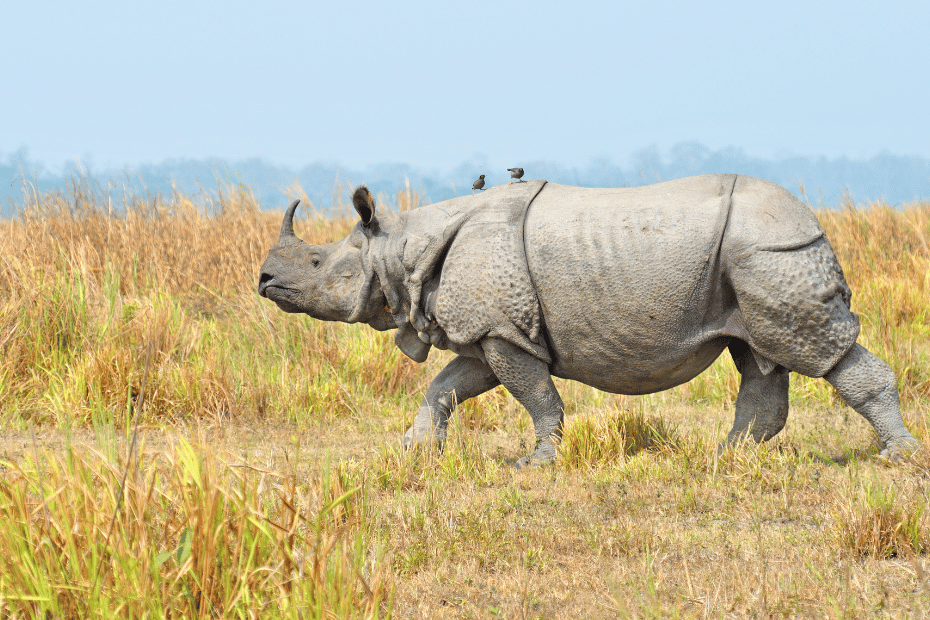
6. Periyar Wildlife Sanctuary
Periyar Wildlife Sanctuary is a natural paradise in the southern Indian state of Kerala. This beautiful sanctuary is nestled in the Western Ghats, a mountain range renowned for its incredible biodiversity. It is known for its rich biodiversity and is a popular destination for luxury wildlife safaris in India.
It is also home to the endangered Nilgiri tahr and offers boat safaris for visitors. Luxury accommodation options range from eco-friendly cottages to lavish villas, with prices starting from INR 10,000 to 30,000 per night. A minimum of 2 to 3 nights is recommended to fully explore the sanctuary and its wildlife. The best time to visit Periyar Wildlife Sanctuary is between October and June.
The sanctuary is named after the Periyar River, which flows through the region and is an important water source for the local flora and fauna. One of the most notable features of the Periyar Wildlife Sanctuary is its vast network of waterways, including rivers, lakes, and streams, which provide a habitat for a wide variety of aquatic animals and birds.
The sanctuary is home to a diverse range of wildlife, including Indian elephants, Bengal tigers, Indian bison, and several species of deer and antelope. In addition to its large mammal population, Periyar Wildlife Sanctuary is also home to over 300 species of birds, making it a popular destination for birdwatchers.
One of the unique features of Periyar Wildlife Sanctuary is its elephant safari, which allows visitors to get up close and personal with these majestic creatures in their natural habitat. Visitors can also explore the sanctuary on foot or by boat, with the chance to spot some of India’s most iconic wildlife against a backdrop of stunning natural beauty.
Periyar Wildlife Sanctuary is also known for its rich cultural heritage, with several indigenous communities living in and around the sanctuary. Visitors can learn about the local culture and traditions through various cultural programs and events, including traditional dance performances and craft demonstrations.
| Location | Nearest city | Safari charges (approx.) | Animals to see |
| Ranthambore National Park | Sawai Madhopur, Rajasthan | INR 8,000 – INR 10,000 per person per safari | Bengal Tiger, Leopard, Sloth Bear, Indian Wild Dog, Sambar Deer, Chital Deer, Nilgai, Wild Boar, Indian Striped Hyena |
| Bandhavgarh National Park | Umaria, Madhya Pradesh | INR 7,500 – INR 9,500 per person per safari | Bengal Tiger, Indian Bison (Gaur), Leopard, Sloth Bear, Indian Wild Dog, Sambar Deer, Chital Deer, Nilgai, Wild Boar |
| Kanha National Park | Mandla, Madhya Pradesh | INR 7,000 – INR 10,000 per person per safari | Bengal Tiger, Indian Bison (Gaur), Leopard, Sloth Bear, Indian Wild Dog, Sambar Deer, Chital Deer, Barasingha (Swamp Deer), Wild Boar |
| Jim Corbett National Park | Ramnagar, Uttarakhand | INR 5,000 – INR 8,000 per person per safari | Bengal Tiger, Indian Elephant, Leopard, Sloth Bear, Indian Wild Dog, Sambar Deer, Chital Deer, Barking Deer, Wild Boar, Himalayan Black Bear, Indian Gray Mongoose |
| Kaziranga National Park | Jorhat, Assam | INR 7,000 – INR 10,000 per person per safari | Indian One-Horned Rhinoceros, Asiatic Elephant, Wild Water Buffalo, Bengal Tiger, Leopard, Sloth Bear, Indian Wild Dog, Sambar Deer, Hog Deer |
| Periyar Wildlife Sanctuary | Kumily, Kerala | INR 4,000 – INR 7,000 per person per safari | Indian Elephant, Indian Gaur, Sambar Deer, Barking Deer, Wild Boar, Stripe-necked Mongoose, Nilgiri Tahr, Nilgiri Langur |
In conclusion, India offers some of the best jungle safaris in the world, and a luxury wildlife safari is the perfect way to experience the country’s natural beauty and wildlife. By following our guide, you can plan your visit to these national parks and wildlife sanctuaries at the best time and create memories that will last a lifetime.

